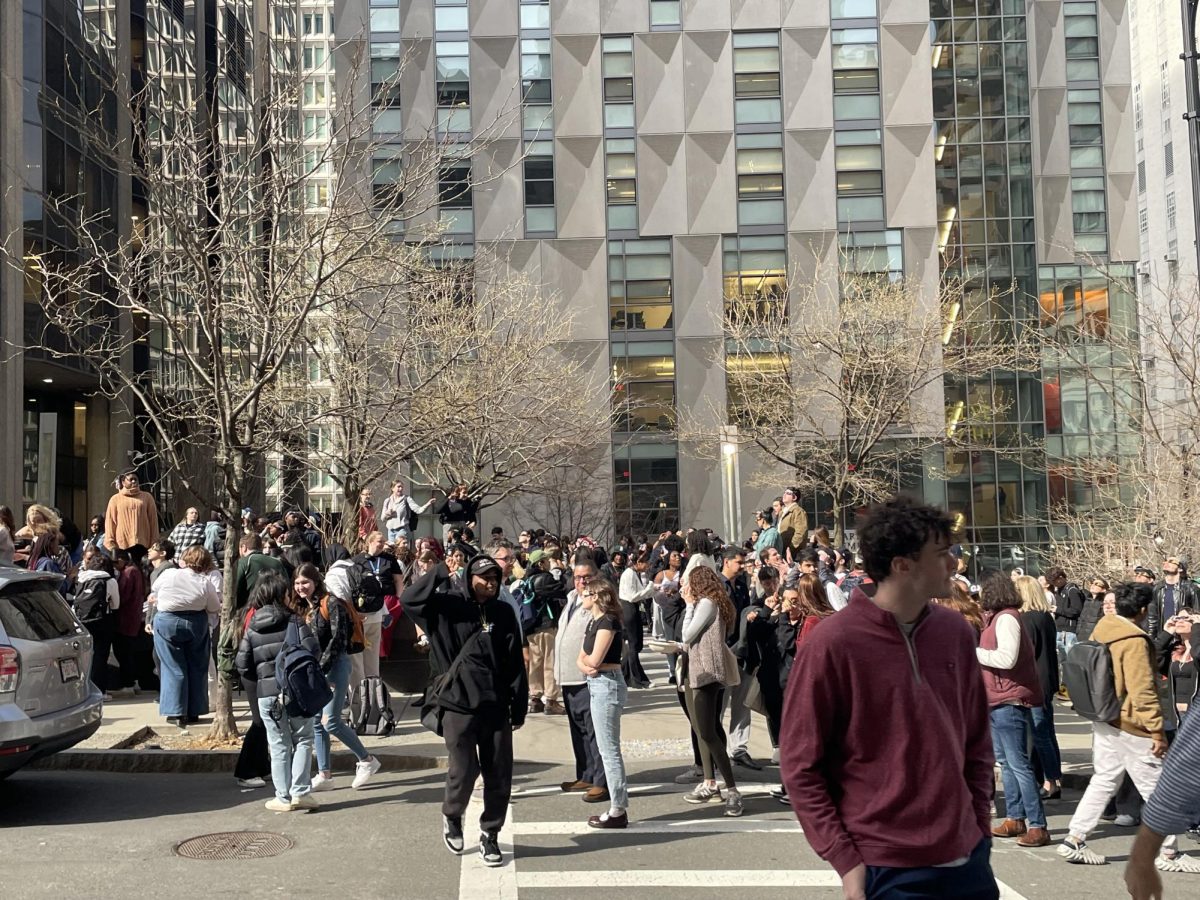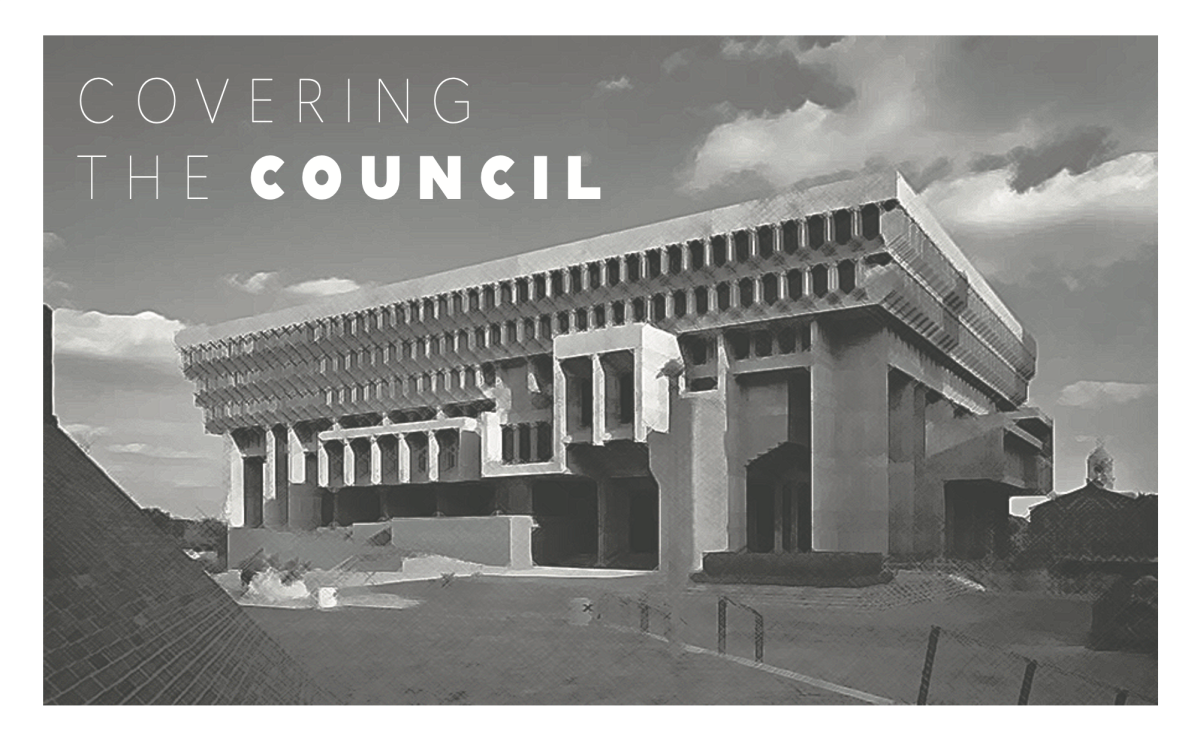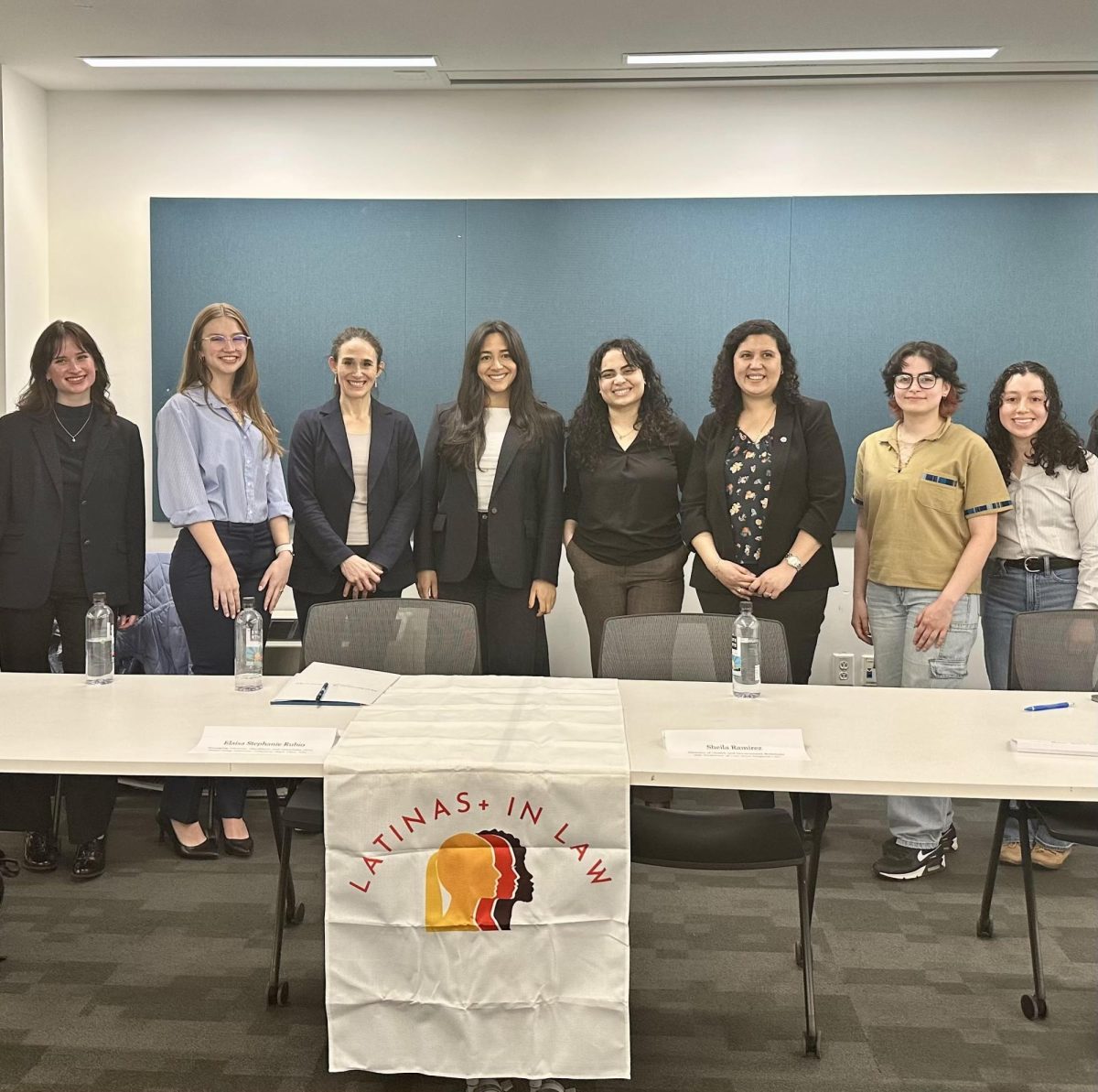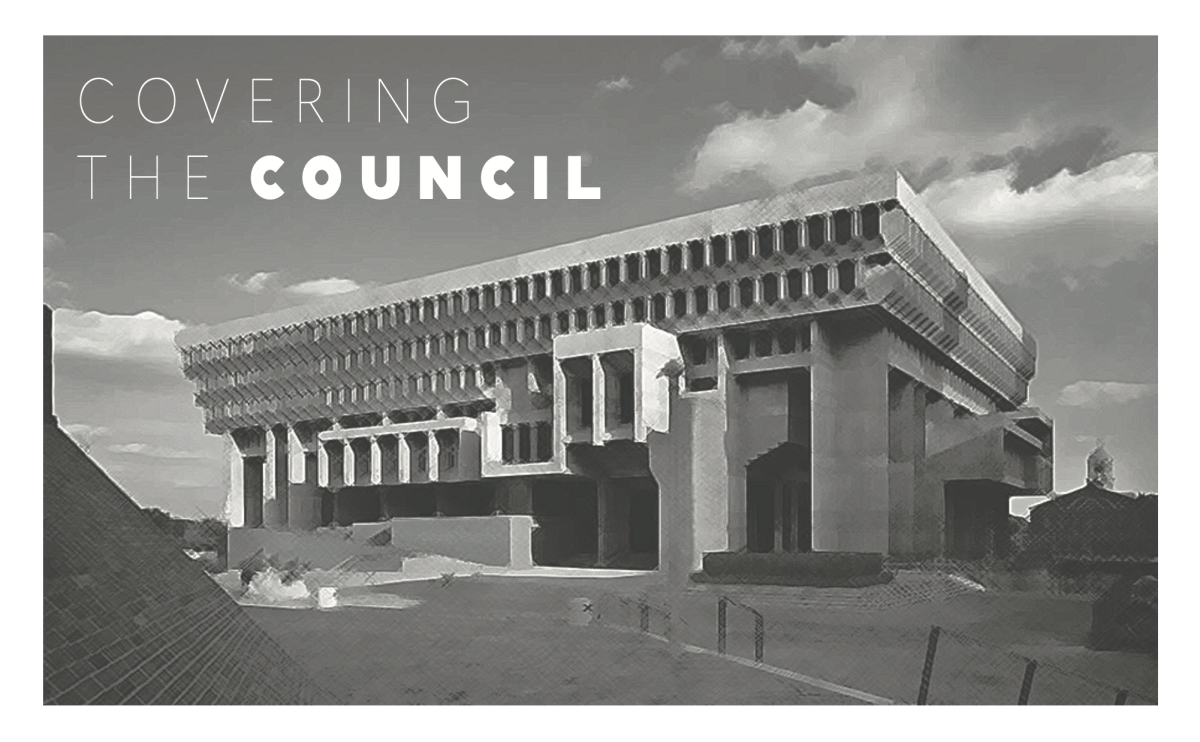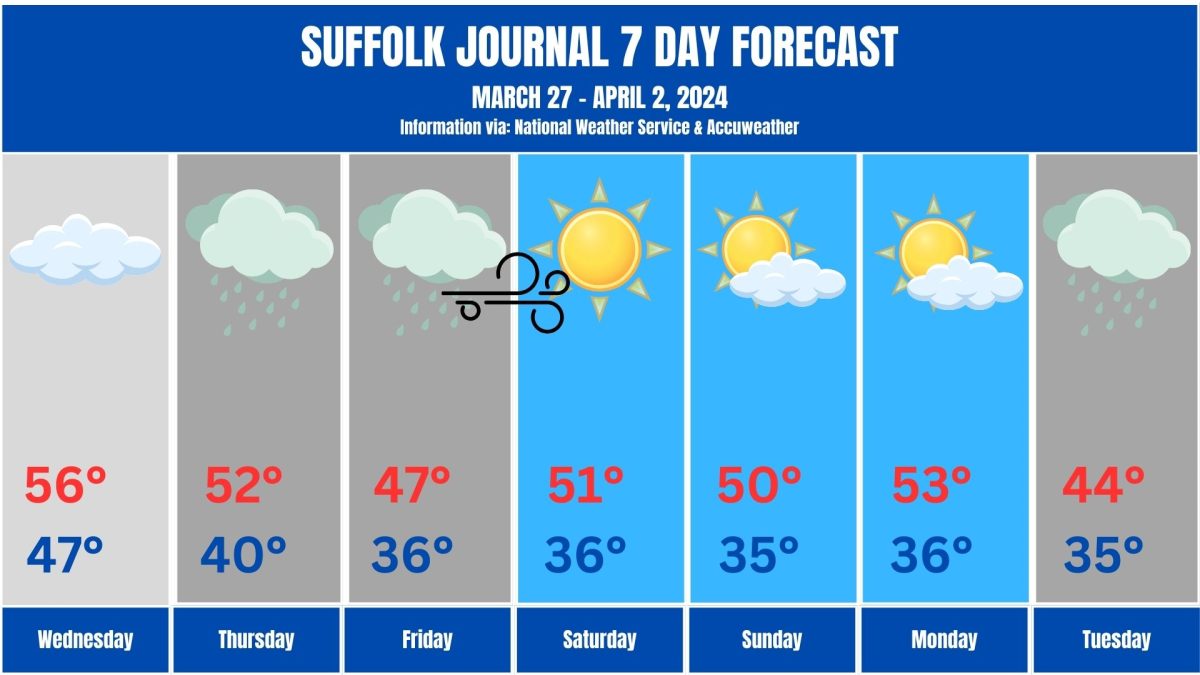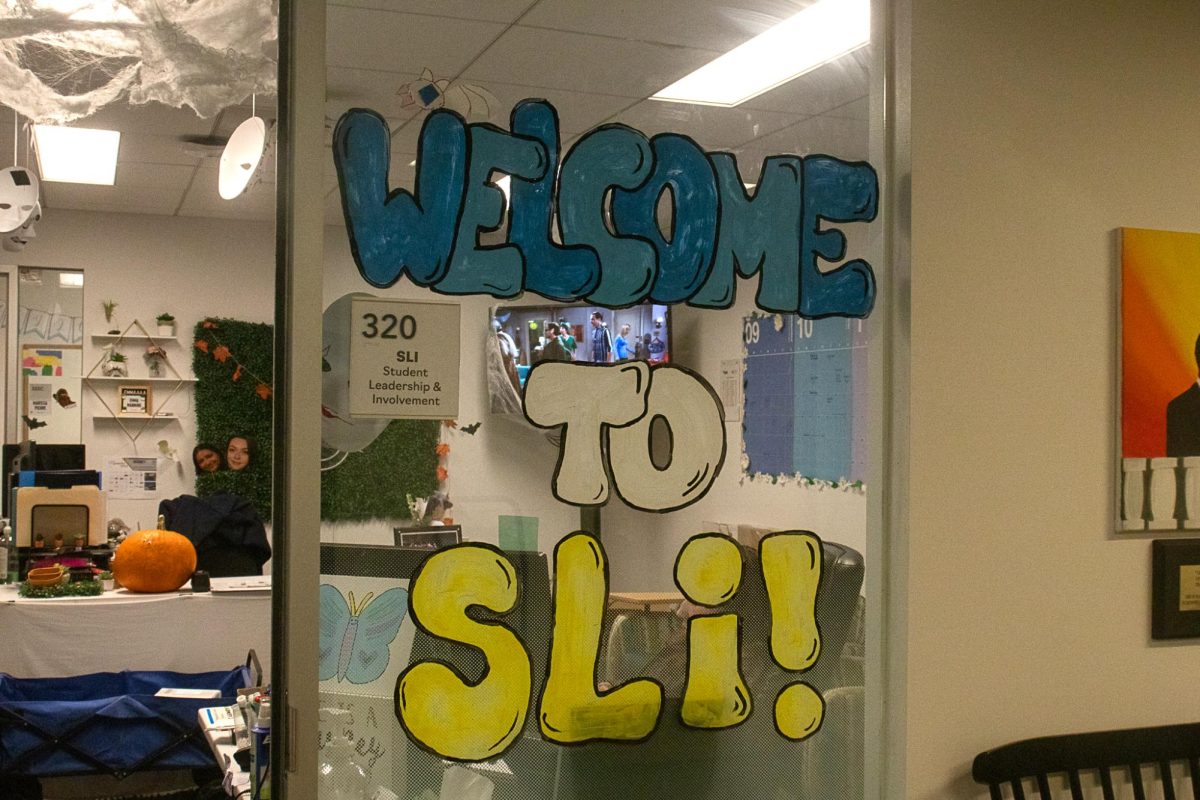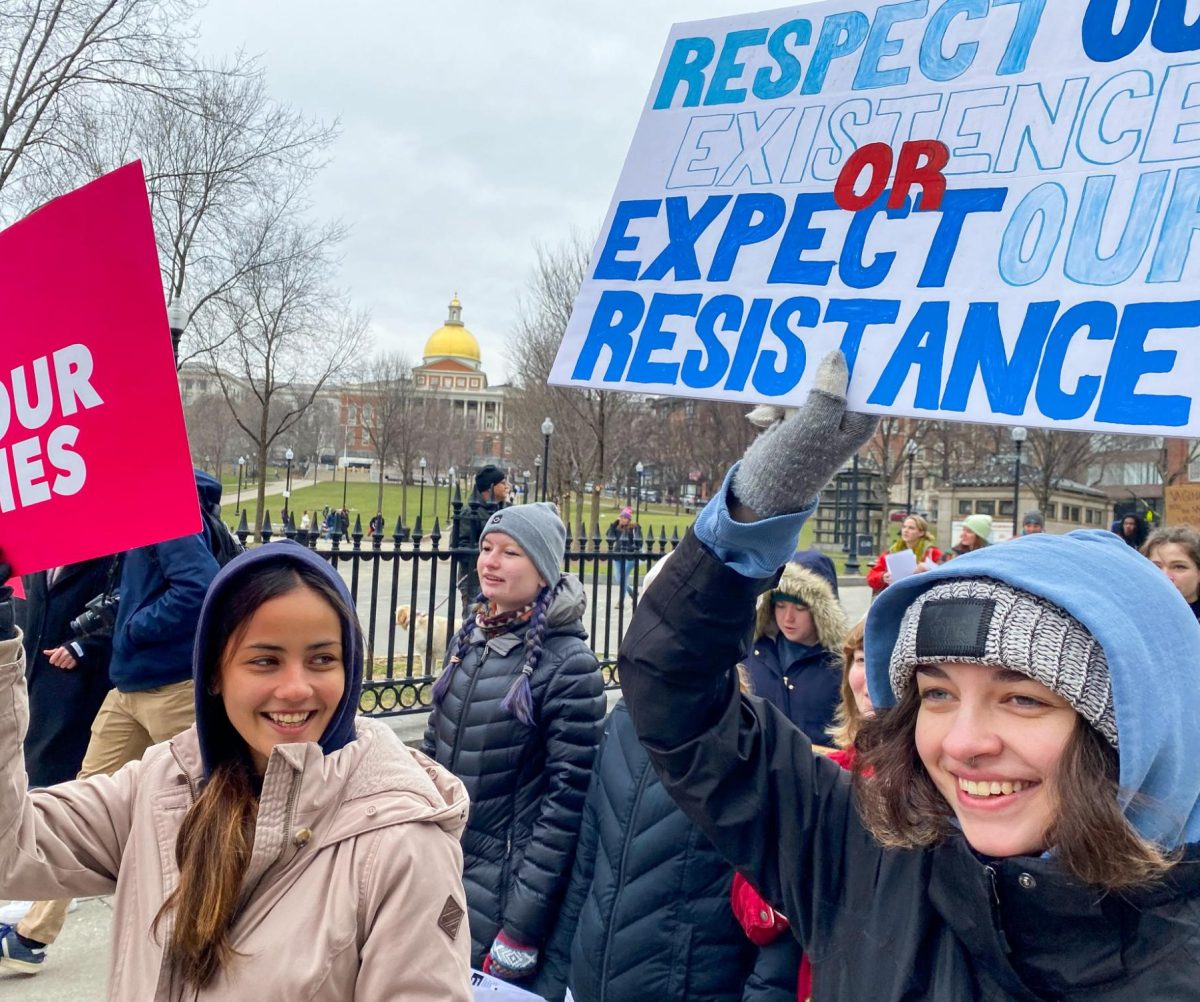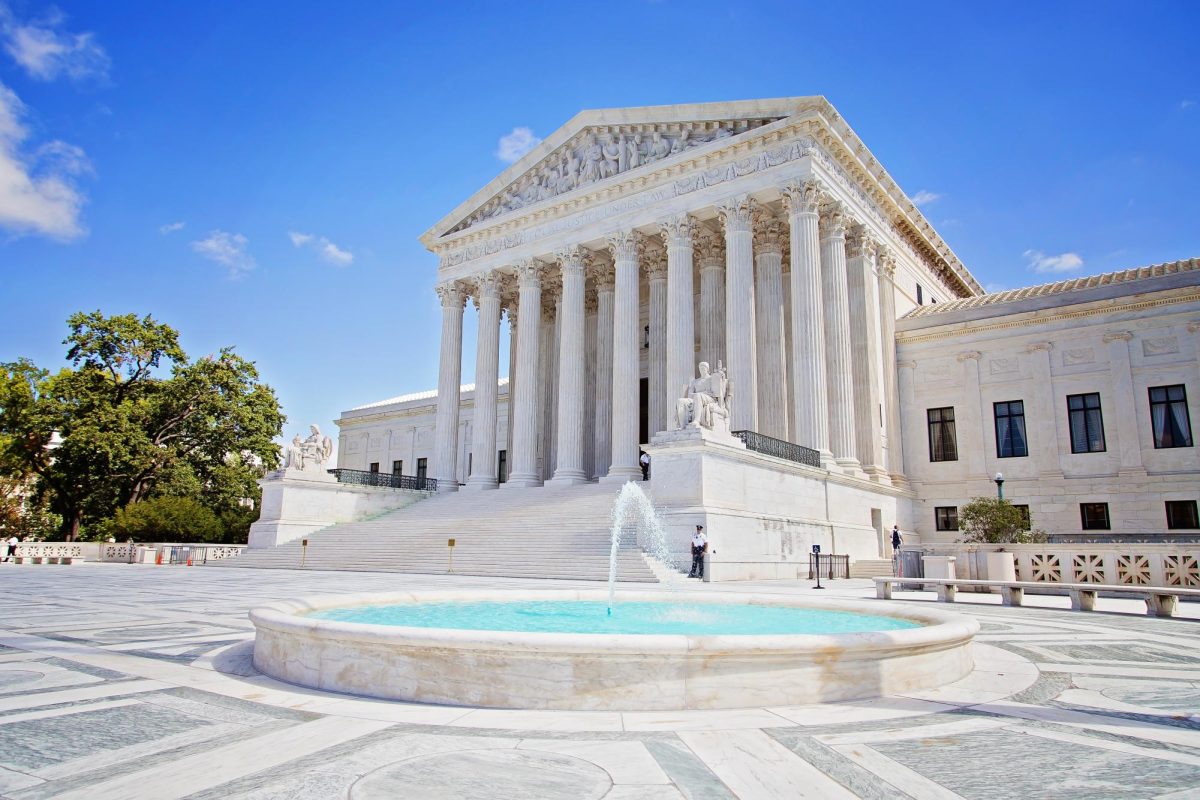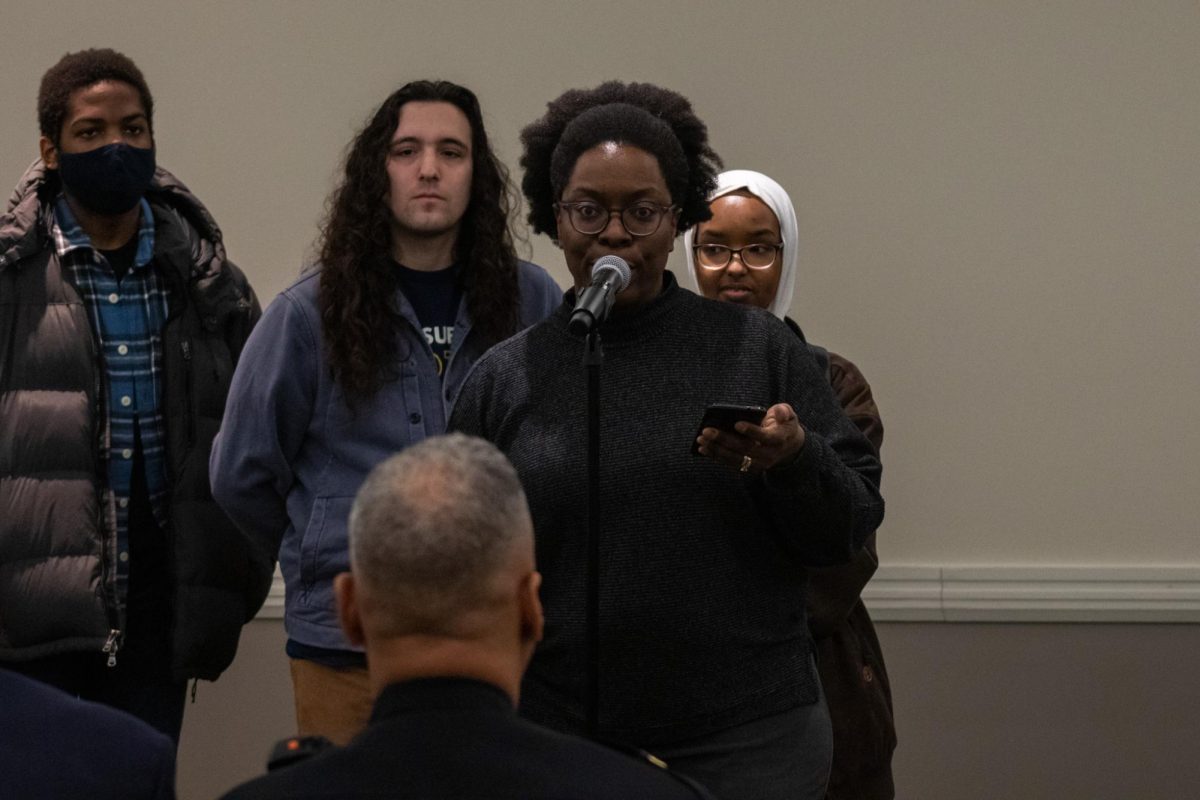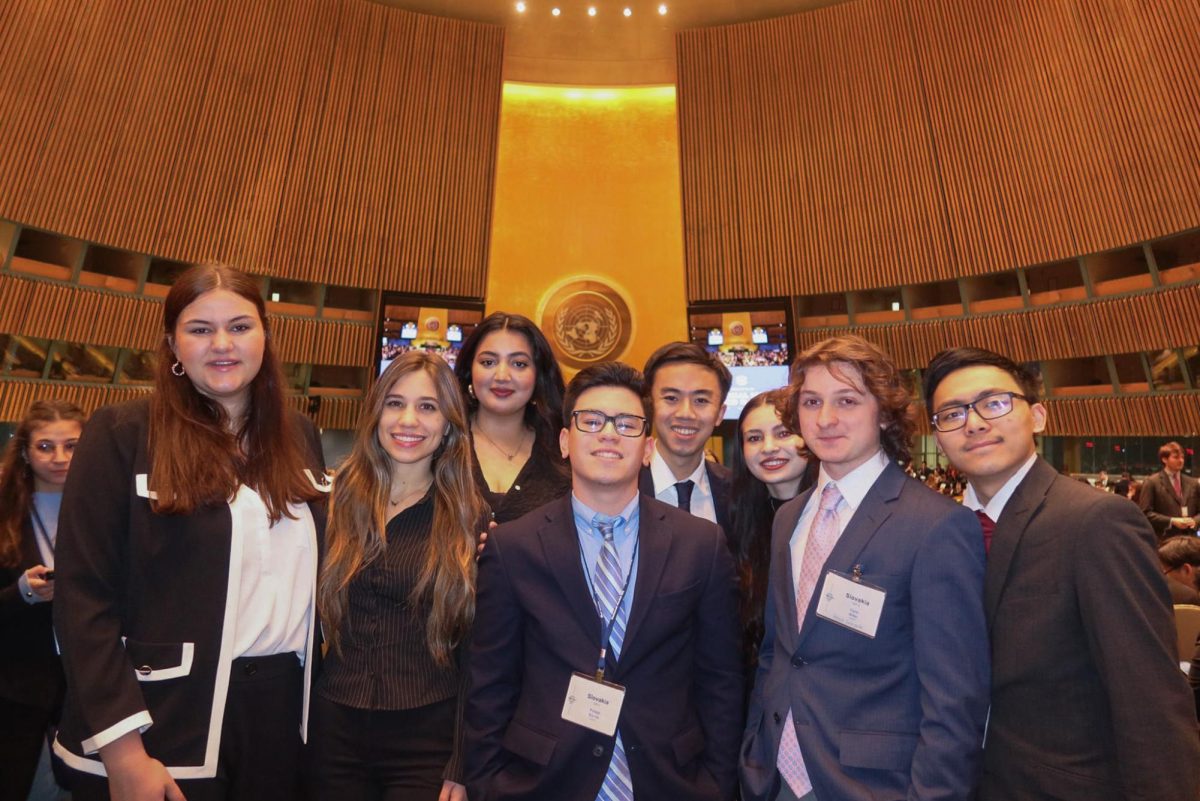By: Jeff Fish
Emerson College made headlines last week when it was deemed the most dangerous college in the country in a study conducted by the news and opinion website, The Daily Beast, raising eyebrows in the Suffolk community as to why the University, which shares much of its campus with Emerson, did not appear on the list.
“Colleges seem to not be uniformly reporting the numbers,” said Andrew Tiedmann, Vice President of Communications and Marketing at Emerson. Tiedemann acknowledged that the Clery Act is long and complicated, possibly causing different universities to interpret it differently.
Because of each school’s interpretation on the Clery Act, Tiedemann was unable to comment on Suffolk’s ranking.
All colleges and universities in the U.S. are required by law to report any crimes committed on campus to the Department of Education each year by Oct. 1 under the Clery Act, which was signed in 1990. The Clery Act was named for Jeanne Clery, a nineteen-year-old freshman at Lehigh University who was raped and murdered in her dorm in 1986.
The boundaries for Suffolk start at the Ridgeway building, run along Cambridge and Tremont Streets, turn onto Boylston St., right onto Beacon St., left onto Bowdoin St., left onto Derne St., and down Temple St., according to Greg Gatlin, the director of the Public Affairs office at Suffolk. Suffolk also has domain over West St., Washington St., and the area between NESAD and the Common, starting at Arlington St. Like Emerson, this boundary includes the entire Boston Common and a large portion of downtown Boston.
“The reporting area is different than it is for Emerson,” said Gatlin, explaining that while Suffolk and Emerson have a lot of similar area, the boundaries are still different. “We report all the data from the Boston Police as well as SUPD.”
Because both Suffolk and Emerson have different boundaries, Gatlin was unable to comment on Emerson’s ranking.
The Daily Beast collected data from the Department of Education, which requires all Universities with urban campuses to report crime in their neighborhoods even if those crimes didn’t involve students that go to that school.
“Emerson is a very safe campus. It’s a safe and secure environment,” said Tiedemann. “Emerson doesn’t believe we should be on this list. “
According Tiedmann, only six of the 106 assaults on the Boston Common involved Emerson students, but they are required by the Clery Act to report those crimes. Tiedemann considers the crimes reported from public areas a gray area and said that they are misleading on the study published by the Beast.
The study was calculated on a point system, where schools received varying numbers of points depending on the severity of the crime, and then the total number of points was divided by the population of the school.
“[The study] puts small schools at a disadvantage,” said Tiedemann, pointing out that Emerson, which has an undergraduate population of roughly 4,000, would receive a higher ranking for six incidences than a school with a higher population. “We hope in the future that these surveys would include different methodology.”
According to Tiedemann, Emerson did not send out emails or any other notification to the student body regarding the study. “I think a fair-minded person would say it’s safe.”
Tiedemann encouraged students to take shared responsibility of their safety and to try to have friends with them at all times.


